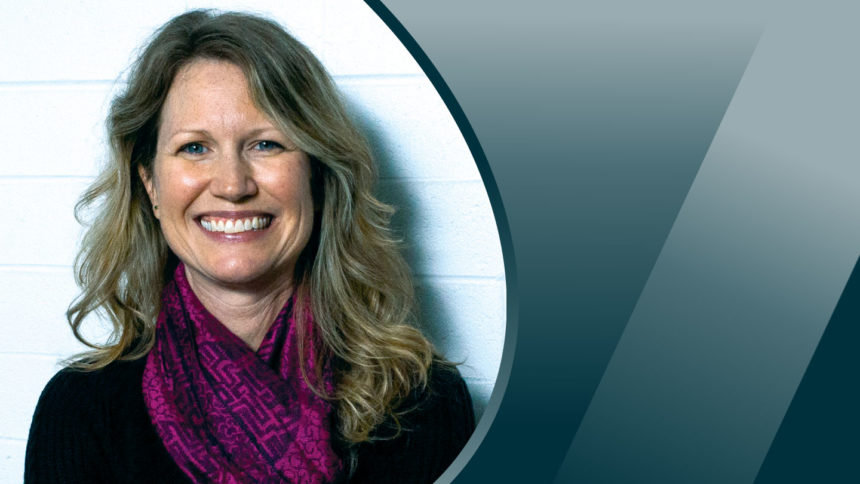
Quality Assurance and Performance Improvement, or QAPI, has been around for ages.
I know, this term can make an operator roll their eyes as they begrudgingly add yet another month’s meeting roster to the survey-ready binder in chronological order. Historically, QAPI meetings are attended by those required by regulation, are scheduled last minute and consist of reading off the last Quality Measures from CASPER data as they relate to national averages.
This robotic reactionary approach can be costly, never-ending and can have more negative impacts on the staffing crisis due to burnout.
After orchestrating thousands of QAPI meetings over 20-plus years in long-term care, I want to share how you can rework an old process into a much more effective, modern technique called “Comprehensive QAPI” or “CQAPI.”
It is easier than ever to leverage virtual tools to include professionals or advocates remotely to broaden the scope of analysis and problem solving. Leaders should consider innovators, healthcare professionals, product vendors, consultants, specialists, researchers, licensed professionals, gerontologists and/or older adults and even their caregivers themselves. Find ways to network virtually and link up with like-minded individuals. Use innovation labs, social media, associations and/or disease specific organizations to connect.
A best practice for leaders is to find the underlying issues that have the biggest impact on several Quality Measures to prioritize. As an example, I recently had the pleasure of being introduced to a start-up in the process of developing a revolutionary new product aimed at tackling incontinence care.
Their incontinence products and support platform will be a game changer for the long-term care industry and older adults everywhere. They could be easily implemented to assist operators with improving care, fostering resident dignity, reducing cost, lowering caregiver burden, defragmenting documentation, providing accountability, decreasing falls, improving wounds, avoiding psychotropic medications, preventing hospital transfers and lowering infection rates.
It is fascinating to dive deep into just how many CMS Quality Measures and operational processes incontinence care alone can affect directly. It plagues more than 50% of all nursing home residents. But as highlighted in last month’s McKnights article on CNA turnover, a recent study also found that incontinence management accounts for 56% of each aide’s shift in nursing home care.
Improving the management system for incontinence starting from the date of the resident’s admission has been proven to significantly impact the rate at which aides turn over. The benefits don’t stop there. If incontinence is managed well, it has an opportunity to positively impact the CMS Five-Star Rating system by 57%. Surprisingly, little attention has been made on this particular issue to date.
The most commonly used method for incontinence management is performing incontinence checks every two hours per standards of practice and documenting in communication tools varied by facility. Currently, a high margin of human error, an overburdened staff and inconsistent documentation exists in this method, therefore, leading to a multitude of challenges and hidden reasons for QMs to creep up.
These challenges can be mitigated by the CQAPI process determining root cause analysis of incontinence management and applying aggressive interdisciplinary action plans in place starting at the time of the resident’s admission to the facility. My favorite method for root-cause analysis is the Five Whys system, which helps bring to light the actual root cause for a negative outcome.
Once the team has arrived at the root cause, the team can approach the action plans from diverse perspectives derived from a multitude of expertise with their new, modern CQAPI team to problem solve. As operators navigate this challenging climate, a Comprehensive Quality Assurance and Performance Improvement process can assist with removing layers upon layers of negative outcomes overshadowing basic care practices, products and/or services resulting in such outcomes.
Amy Chidester, LNHA, is a certified gerontologist and caregiver advocate, a preceptor in skilled nursing and assisted living and provides consulting services to caregivers, operators, innovative Agetech start-ups, and educational institutions.




